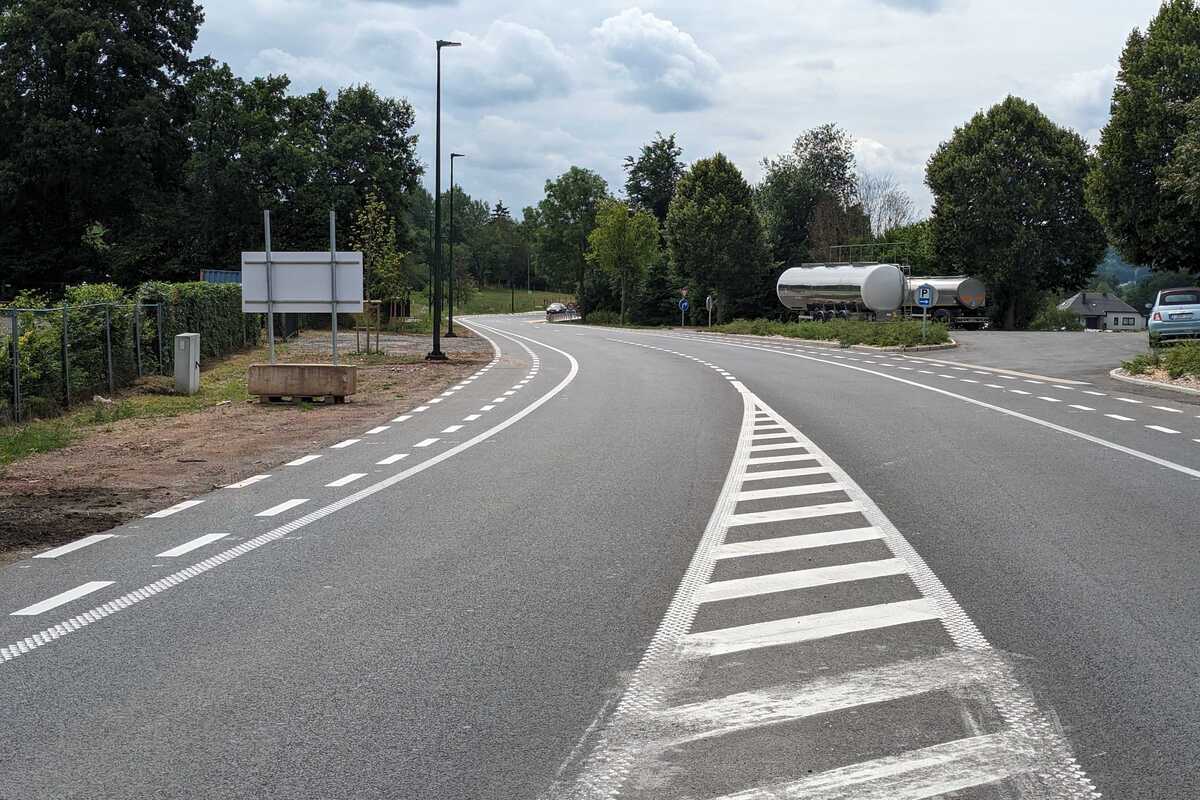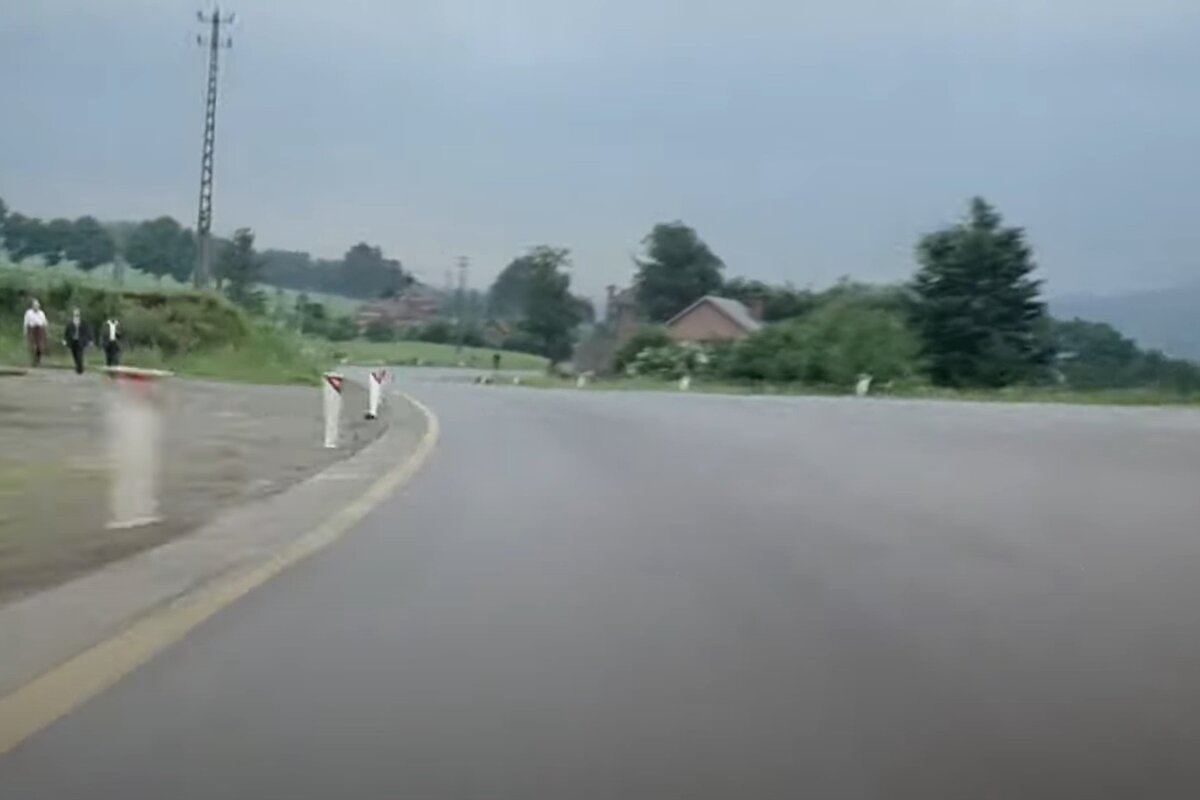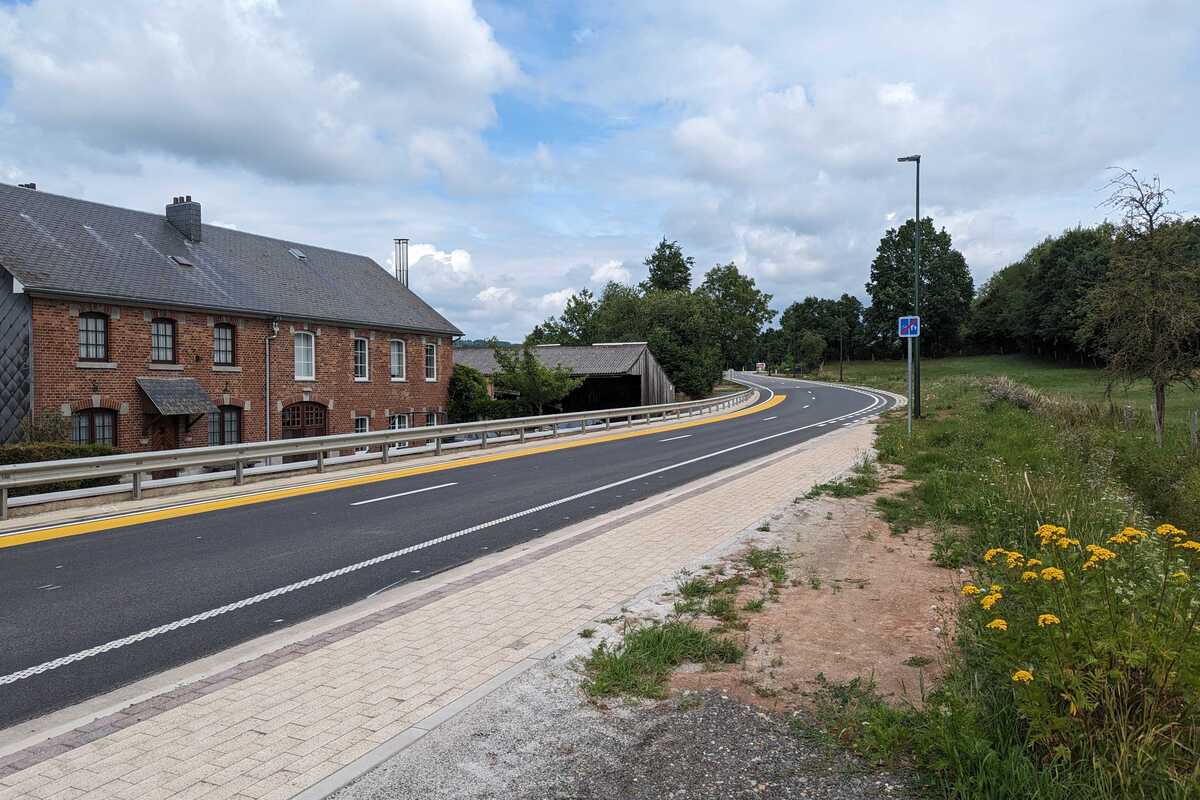

Spa-Francorchamps is home to arguably the most famous complex in motorsport, Eau Rouge, but it can also boast potentially the most important corner in the sport’s history.
Weaving its way through the Ardennes, close to the German border (it’s only an hour away from the Nurburgring), Spa-Francorchamps has long been a classic.
Plunging down the hill from La Source, over the river at Eau Rouge and up into the forest at Raidillon, it’s a fast, popular circuit with flow and character in abundance.
But it wasn’t always so well revered. In the 1960s the venue was despised and feared in equal measure.
Then, as now, it was a high-speed venue that placed an emphasis on driver skill, however, the venue itself was more … agricultural.
Rather than reaching Malmedy and turning down into the valley at Les Combes as it does now, it carried on, blasting down the country road at full speed towards Burnenville in a more-than-14-kilometre loop.
About halfway around was the Masta Kink, a left-right complex described by Jackie Stewart as, “by far the most difficult corner in the world”.

In use from when the circuit opened, until the new layout emerged at the end of the 1970s, the Masta Kink was approached at terminal velocity, somewhere around 300km/h.
On the outside of the left-hander was a farmhouse, the ground falling away from both sides of the road at the exit of the ultra-fast sequence.
Terrifying in the dry, in the wet it became an entirely different monster as spray hung in the air, clouding visibility. The danger was always there, as Stewart experienced himself in 1966.
Of the 16 cars that started the 1966 Belgian Grand Prix, only six completed the opening lap as a rain storm hit the circuit as the field approached the Masta Kink.
Stewart was among those to crash out, his car bending around him as he sat in a bath that was gradually filling with race fuel.
“First I hit a telegraph pole and then a woodcutter’s cottage,” Stewart recalled.
“I finished up in the outside basement of a farm building.
“The car ended up in the shape of a banana and I was trapped inside it.
“The fuel tank had totally ruptured inward and the monocoque literally filled up with fuel. It was sloshing around in the cockpit.
“The instrument panel was smashed, ripped off, and found 200 metres from the car but the electrical fuel pump was still working away.
“The steering wheel wouldn’t come off and I couldn’t get out.”
Bob Bondurant and Graham Hill, team-mate to Stewart for BRM, spun at the same corner, the latter clouting a straw bail and overturning.
Able to climb free, he spotted a car ahead that looked “very second-hand,” before going to the aid of the driver, together with Bondurant.
With the help of a spanner sourced from a nearby fan, Bondurant was able to free Stewart from the wreckage some 25 minutes later.
The ordeal wasn’t over as, with a broken shoulder and ribs, Stewart was initially taken to what can only loosely be described as a medical centre.
Cigarette butts littered the floor as he lay on a canvas stretcher before being transferred to a hospital in Liege – only for the ambulance to get lost en route.
It was a decisive moment in motorsport history as it kick-started Jackie Stewart’s safety crusade.

Stewart pushed for improved driver safety; simple things such as barriers and appropriate medical services at events.
It was unpopular at the time, meeting criticisms from both his fellow drivers and the press.
Legendary motorsport journalist Denis Jenkinson wrote for Motor Sport magazine in 1969, when Spa was boycotted: “I have always thought that one of the enduring features of a Grand Prix driver was that he has GUTS and would accept a challenge that normal people like you and I would not be brave enough to face; now I am not sure.”
Formula 1 would return just once more, in 1970, before abandoning the ‘old’ Spa-Francorchamps for the bland Nivelles circuit.
The race found a home through the 1970s at Zolder before returning to the much-remodelled Spa-Francorchamps for 1983.
Sportscars continued to race on the old circuit until the end of the decade, as modifications designed to slow cars down failed. The layover on the outside of the left-hander at the Masta Kink that was added to slow cars down only it made the corner more dangerous and never saw action.
Today, Spa-Francorchamps remains one of the most ferocious circuits on motorsport, though at 7.004 kilometres in length versus the 14.100-kilometre behemoth it once was.
It was a product of a crusade that manifested because of its own danger, of the terrifying Masta Kink.
The work is not done, and Spa retains its critics, but the most dangerous corner in F1 triggered a change in attitude that has saved countless drivers’ lives and is, therefore, arguably the most important corner in the history of the sport.
While that fearsome combination is no longer part of motorsport, the inconspicuous piece of road within earshot of the modern circuit is, and will forever be, a monument to both the sport’s history and its future.





















Discussion about this post